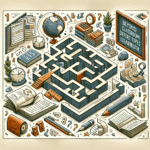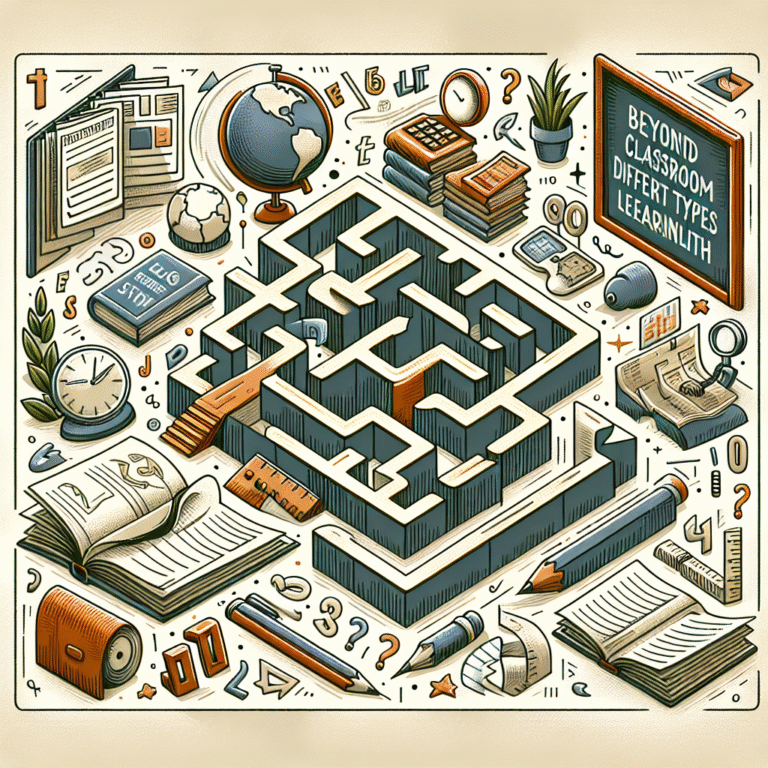
Sleep Hygiene 101: Your Essential Guide to a Better Night’s Sleep
Introduction
Have you ever tossed and turned at night, watching the minutes slip away while the rest of the world drifts into a peaceful slumber? If so, you’re not alone. In our fast-paced lives, good sleep often takes a backseat, leading to a multitude of physical and mental health issues. But what if I told you that improving your sleep could be as simple as adopting a few healthy habits? That’s where Sleep Hygiene 101: Your Guide to a Better Night’s Sleep comes in.
Sleep hygiene refers to a collection of practices that aim to improve the quality of your nighttime sleep. Just like we brush our teeth to maintain dental health, we can implement sleep hygiene strategies to foster a restorative sleep cycle. In this comprehensive guide, we’ll explore the foundational aspects of sleep hygiene, backed by scientific research, real-world applications, and actionable insights that can transform your nightly rest.
Why Sleep Matters
Before diving into Sleep Hygiene 101: Your Guide to a Better Night’s Sleep, it’s crucial to understand why sleep is so important. Sleep is not merely a passive state; it’s an active period where healing and repair occur.
The Benefits of Quality Sleep
Improved Cognitive Function: Quality sleep enhances creativity, problem-solving, and memory. According to a study published in the Journal of Experimental Psychology, sleep helps to consolidate memories and redefining learned information.
Physical Health: Adequate sleep boosts your immune system, helping to fend off illnesses. The CDC highlights the correlation between insufficient sleep and chronic health issues like obesity and diabetes.
- Emotional Well-being: Sleep greatly affects mood regulation, reducing the risk of anxiety and depression. Research indicates that those who prioritize sleep tend to have lower stress levels and better overall mental health.
The Cost of Poor Sleep
Conversely, chronic sleep deprivation can lead to a cascade of challenges, including increased risk of heart disease, decreased productivity, and impaired emotional judgment. Understanding the stakes emphasizes the importance of adopting effective sleep hygiene practices.
The Basics of Sleep Hygiene
Now that we recognize the importance of sleep, let’s unravel the core elements of Sleep Hygiene 101: Your Guide to a Better Night’s Sleep.
1. Create a Sleep-Conducive Environment
Your bedroom should be a sanctuary designed for rest. Here are essential considerations:
Temperature: Aim for a cool room, ideally between 60°F and 67°F, as cooler temperatures promote deeper sleep.
Darkness: Block out light using blackout curtains or an eye mask. Light signals your brain that it’s time to be awake, disrupting your circadian rhythm.
Noise Control: Consider using white noise machines or earplugs to drown out disruptive sounds. A quiet environment helps your brain remain undistracted.
- Comfortable Bedding: Invest in a high-quality mattress and pillows that suit your sleeping style—whether side, back, or stomach.
2. Establish a Consistent Sleep Schedule
Going to bed and waking up at the same time each day reinforces your body’s internal clock.
Case Study: The 7-Day Sleep Experiment
In a small-scale study, participants adhered to a fixed sleep schedule for a week. The result? An average of 30% improvement in subjective sleep quality when compared to participants who varied their sleep timings. This highlights the importance of consistency—key in Sleep Hygiene 101: Your Guide to a Better Night’s Sleep.
3. Limit Exposure to Screens Before Bed
The blue light emitted by phones, tablets, and computers can interfere with melatonin production—our natural sleep hormone. It’s advised to minimize screen time at least an hour before bed.
4. Watch What You Consume
Your food and drink choices can significantly affect your sleep quality.
Avoid Caffeine and Nicotine: Both are stimulants that can delay sleep onset. Aim to cut off consumption at least six hours before bedtime.
Limit Alcohol: While it may help you fall asleep, alcohol disrupts the sleep cycle, especially REM sleep.
- Eat a Light Dinner: Heavy or spicy foods can cause discomfort, leading to sleep disturbances.
5. Develop a Pre-Sleep Routine
Establishing a calming pre-sleep routine signals your body that it’s time to wind down.
Practices to Incorporate:
Reading a Book: Preferably fiction, as it can serve to distract your mind from daily stresses.
Gentle Yoga or Stretching: Helps release tension in the body.
- Meditation or Deep Breathing: Techniques that promote relaxation and lower heart rates.
6. Be Mindful of Naptime
If you must nap, keep it short—typically 20-30 minutes—and avoid late afternoon naps. Long or late naps can disrupt the sleep-wake cycle.
7. Exercise Regularly, But Wisely
Physical activity does wonders for sleep, promoting deeper and longer sleep durations. However, timing is crucial.
- Aim to exercise at least three hours before bedtime to allow the body to cool down adequately.
Implementing Sleep Hygiene in Real Life
Now that we’ve explored the key principles of Sleep Hygiene 101: Your Guide to a Better Night’s Sleep, let’s examine how individuals put these practices into action.
Case Study: The Corporate Executive
Meet Jane, a 35-year-old corporate executive known for her demanding work schedule. Despite working long hours, Jane prioritized her sleep hygiene after reading about its benefits. By creating a dark, cool sleeping environment, following a consistent sleeping schedule, and engaging in evening yoga sessions, she noticed a significant enhancement in her overall mood and productivity levels at work.
Analysis: Jane’s journey illustrates that regardless of one’s lifestyle or obligations, there is always room to adopt better sleep practices, leading to improved mental and physical health.
Case Study: The College Student
Tom is a 22-year-old college student struggling with insomnia due to irregular sleep patterns and late-night study sessions. After implementing a strict no-electronics rule an hour before sleep and incorporating light exercise into his daily routine, Tom began to experience increased focus and improved grades.
Analysis: This case underscores the flexibility of sleep hygiene practices, which can be tailored to fit a variety of lifestyles.
Chart: Sleep Hygiene Practices for Different Lifestyles
| Lifestyle | Recommended Practices |
|---|---|
| Corporate Executive | Consistent schedule, sleep environment, yoga |
| College Student | Screen limits, light exercise, short naps |
| Parent | Staggered sleep shifts, bedtime stories |
| Shift Worker | Strategic napping, light exposure |
Conclusion
The journey through Sleep Hygiene 101: Your Guide to a Better Night’s Sleep reveals that while the quest for quality sleep may seem daunting, it can be achieved through simple and effective practices. Sleep is an integral part of our health, influencing our emotional, mental, and physical well-being.
Embracing a commitment to sleep hygiene can lead not only to better sleep but also to an enhanced quality of life. So take charge of your rest—after all, a good night’s sleep is not just a luxury; it’s a necessity.
FAQs
1. How long does it typically take to see improvements with sleep hygiene practices?
Most individuals notice some improvement within a week, while others may take several weeks for changes to manifest fully.
2. What if I still can’t sleep after improving my sleep hygiene?
If sleeplessness persists for more than a month, it is advisable to consult a healthcare professional to rule out underlying sleep disorders.
3. Can sleep hygiene methods change with age?
Absolutely! Sleep needs vary with age, and habits should adapt to changes in lifestyle and health.
4. How do I stay motivated to stick to my sleep hygiene routine?
Setting clear, achievable sleep goals and tracking your progress can help you stay motivated. Celebrate small victories to maintain enthusiasm.
5. Is it beneficial to track sleep patterns?
Yes! Utilizing sleep tracking apps or devices can provide insight into sleep quality, helping you identify patterns and areas for improvement.
By implementing the insights from Sleep Hygiene 101: Your Guide to a Better Night’s Sleep, you can embark on your journey towards achieving the restorative and revitalizing sleep you deserve. Sweet dreams await!














